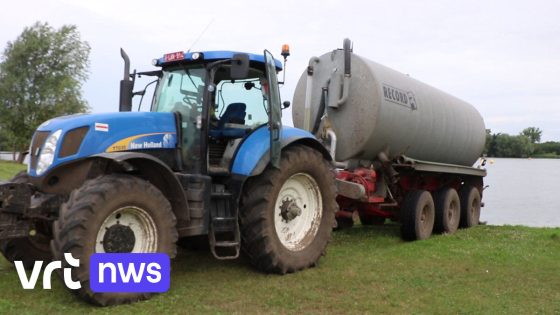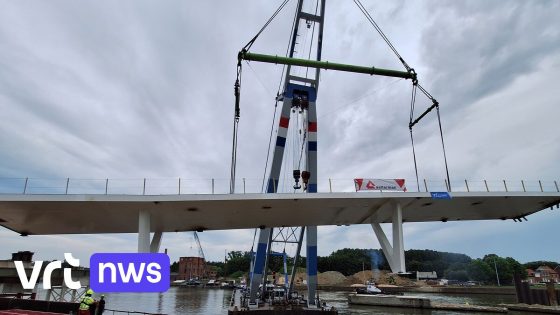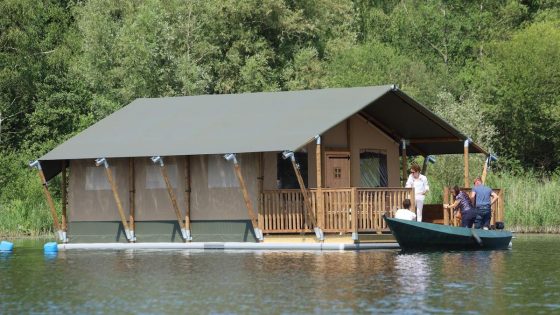The governor of Limburg has significantly expanded the ban on pumping water from non-navigable waterways across nearly the entire province. This urgent measure comes amid ongoing drought and heatwaves, which have left the region’s flora and fauna in local streams highly vulnerable. As of 2025-08-13 15:53:00, authorities are closely monitoring the situation to protect Limburg’s delicate ecosystems.
- Governor expands water pumping ban province-wide
- Drought and heat threaten local fauna, flora
- Streams' flow rates have become very vulnerable
- Meuse river flow significantly decreased recently
- Current water supply remains unaffected by drought
Water levels in the Maas River have also dropped sharply, raising concerns about water supply stability. However, current reports indicate that this decline has not yet affected drinking water production, providing some relief to residents and businesses alike. How long can this balance hold under continued dry conditions?
With the ban now covering almost all of Limburg, what does this mean for local water users and environmental efforts? The following fast answer offers a concise summary of the situation and its impact on the Belgian province.
Why was this broad ban necessary, and what should locals expect going forward? The governor’s decision highlights the delicate balance between environmental protection and resource use during extreme weather. Key points include:
- Severe drought and heat have stressed aquatic wildlife and plant life in Limburg’s streams.
- The Maas River’s flow has decreased significantly but does not yet threaten drinking water extraction.
- The expanded ban covers nearly all non-navigable waterways in Limburg to prevent further ecological damage.
As climate challenges persist, it remains crucial for Limburg residents to stay informed and support sustainable water use. Will stricter measures follow if dry conditions continue? Only time will tell, but proactive conservation can make a difference now.
































